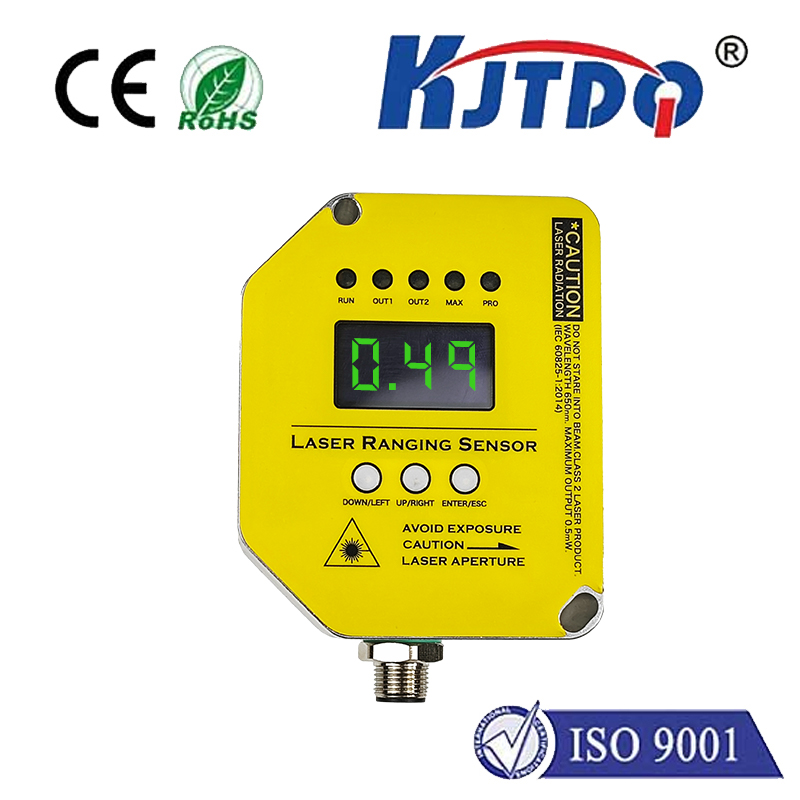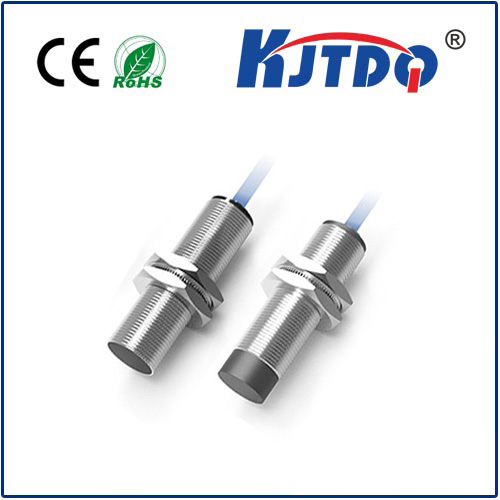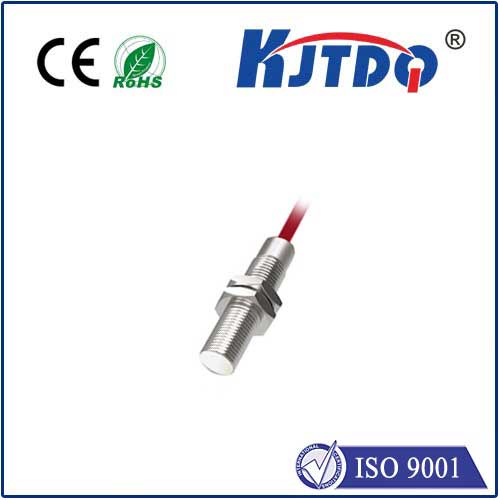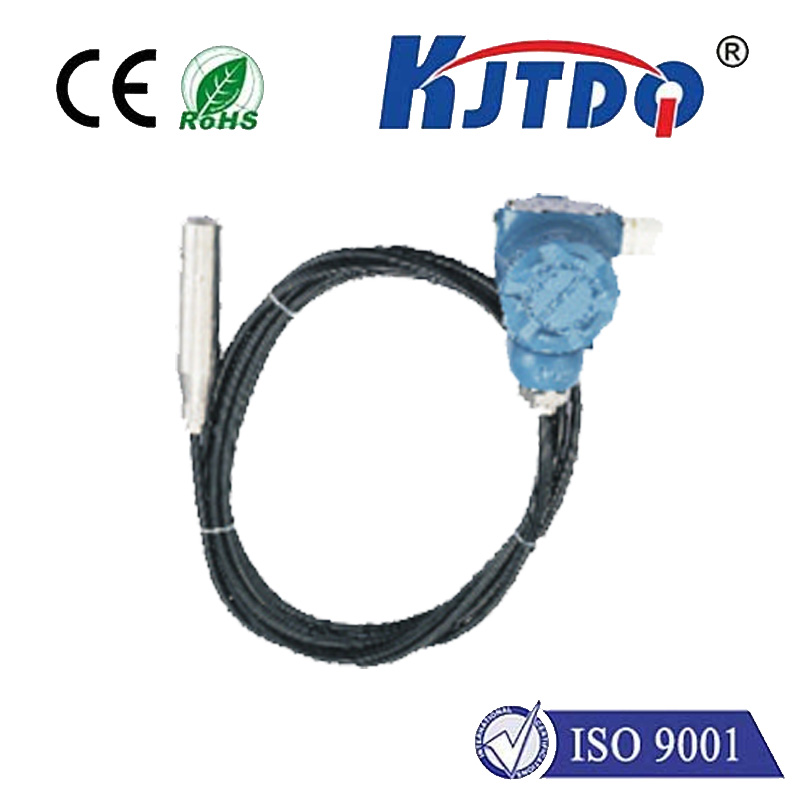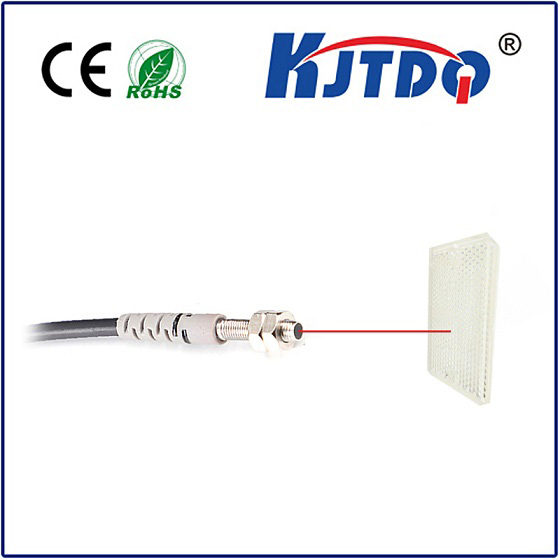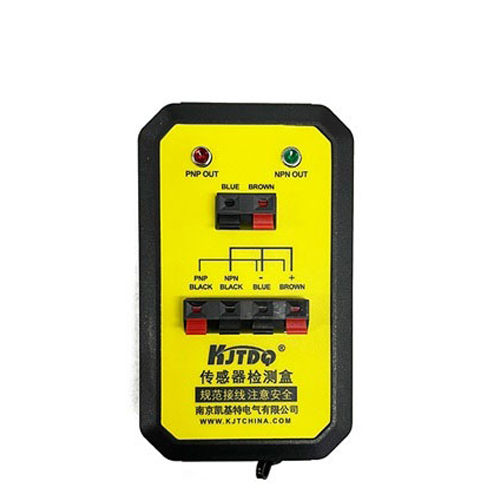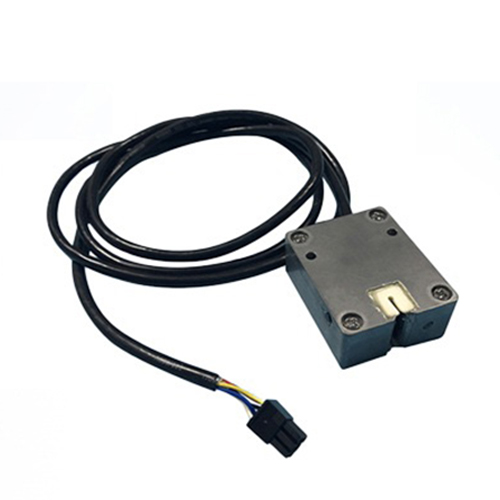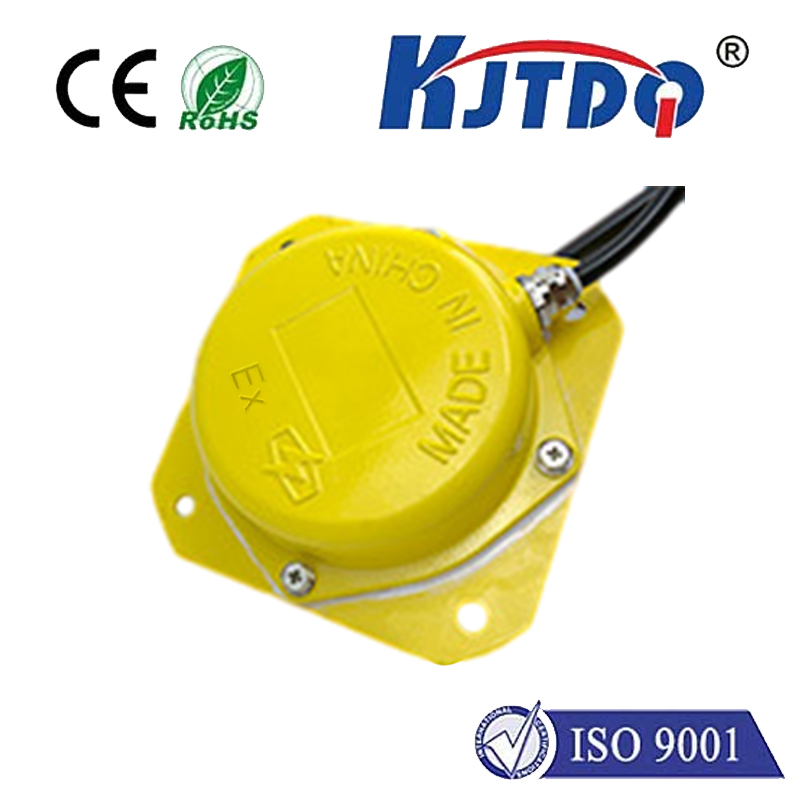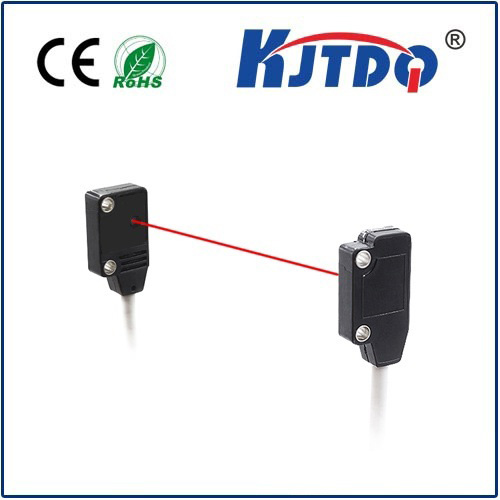e84 sensor
- time:2025-08-23 02:37:44
- Click:0
Demystifying the BMW E84 Sensor Network: Your X3’s Silent Guardians
(Adjusted Target Keyword: BMW E84 Sensors)
Picture this: you’re cruising comfortably in your trusty BMW X3 (E84 generation), enjoying the renowned driving dynamics, when suddenly, an unfamiliar warning light illuminates your instrument cluster. Perhaps the engine runs a little rough, your fuel efficiency takes an unexpected nosedive, or the stability control system seems overly sensitive. Often, the hidden culprits behind these seemingly random annoyances reside within the sophisticated network of BMW E84 sensors. These unassuming components are the critical sensory organs of your vehicle, constantly feeding vital data to its brain – the Engine Control Unit (ECU) and other control modules.
The Vital Role of Sensors in Your BMW E84

Modern vehicles, especially premium brands like BMW, are intricate ecosystems of mechanical and electronic systems working in harmony. Sensors act as the bridge, translating real-world physical conditions – temperature, pressure, speed, position, air composition – into precise electrical signals the ECU can understand and act upon. In your E84 X3, this network ensures:
- Optimal Engine Performance: Sensors like Mass Airflow (MAF), Manifold Absolute Pressure (MAP), Crankshaft Position (CKP), Camshaft Position (CMP), and Oxygen (O2) sensors work together to precisely control fuel injection, ignition timing, and emissions, maximizing power and efficiency.
- Safety and Stability: Wheel Speed Sensors are fundamental for Anti-lock Braking (ABS) and Dynamic Stability Control (DSC) systems. Steering Angle Sensors contribute to stability control and adaptive headlight functions. Tire Pressure Monitoring System (TPMS) sensors enhance safety.
- Emissions Compliance: Oxygen sensors (both upstream and downstream) are crucial for monitoring exhaust gas composition, allowing the ECU to adjust the air-fuel mixture to keep harmful emissions within legal limits.
- Comfort and Convenience: Sensors monitor coolant temperature (Engine Coolant Temperature Sensor - ECT), ambient air conditions (for climate control), rain (for automatic wipers), light (for automatic headlights), and more.
Recognizing the Symptoms: When E84 Sensors Cry for Help
A failing sensor typically sends incorrect data or no data at all to the control modules. This misinformation cascades through the systems, leading to a variety of symptoms. Be alert for these common signs pointing towards potential BMW E84 sensor issues:
- Illuminated Warning Lights: The most obvious indicator. The dreaded Check Engine Light (CEL/MIL) is frequently triggered by sensor faults like a failing O2 sensor, MAF sensor, or CMP sensor. ABS, DSC, or TPMS warnings point directly to issues in those respective sensor systems.
- Performance Problems: Rough idling, stalling, hesitation or stumbling during acceleration, noticeable loss of power, and unexpected drops in fuel economy are classic symptoms often linked to faulty engine management sensors.
- Drivability Issues: Problems with the ABS or DSC systems becoming overly active or completely disabled can stem from faulty wheel speed sensors. Transmission shifting issues might relate to speed sensor problems.
- Failed Emissions Test: A consistently illuminated Check Engine Light or specific sensor failures (especially O2 sensors) will almost certainly cause your E84 to fail an emissions inspection.
- Erratic Gauges: A coolant temperature gauge that reads abnormally high or low, or behaves erratically, might indicate a failing Engine Coolant Temperature (ECT) sensor.
- Starting Difficulties: While starters or batteries are common culprits, a completely failed Crankshaft Position Sensor (CKP) can prevent the engine from starting altogether, as the ECU doesn’t know the piston position to fire the spark plugs.
Common Culprits: Sensors Prone to Failure in the E84
Certain sensors seem statistically more likely to require attention during the lifespan of an E84:
- Oxygen (O2) Sensors: Exposed to extreme heat and exhaust contaminants, both pre-cat (upstream) and post-cat (downstream) sensors can degrade over time. Failure impacts fuel trim and emissions significantly. Symptoms: Check Engine Light (often codes P0130-P0167 range), poor fuel economy, rough idle.
- Wheel Speed Sensors (ABS Sensors): Positioned near the wheel hub, these are vulnerable to damage from debris, road salt, impact, or even high-pressure washing. Failure directly impacts ABS, DSC, cruise control, and sometimes automatic transmission shifting. Symptoms: ABS/DSC warning lights illuminated, loss of ABS/DSC functionality, erratic speedometer reading, transmission shift issues.
- Mass Airflow (MAF) Sensor: Measures the volume and density of air entering the engine. Contamination from dirt or oil (e.g., from aftermarket air filters) is a common cause of inaccurate readings. Symptoms: Rough idle, hesitation/stumbling on acceleration, poor fuel economy, Check Engine Light (often codes P0100-P0104).
- Camshaft Position Sensor (CMP): Works with the crankshaft sensor to determine precise valve timing. Can fail internally or suffer wiring issues. Symptoms: Rough running, stalling, difficulty starting, reduced power, Check Engine Light (often codes P0340-P0344).
- Crankshaft Position Sensor (CKP): Critical for ignition timing. Failure often leads to a no-start condition. Symptoms: Engine cranks but won’t start, intermittent stalling, Check Engine Light (often codes P0335-P0339).
- Engine Coolant Temperature (ECT) Sensor: Provides vital data for fuel mixture and cooling fan operation. Failure can lead to incorrect mixtures and overheating issues. Symptoms: Poor fuel economy, rough running when cold, overheating, cooling fans not operating correctly, Check Engine Light.
Diagnosis and Repair: Addressing BMW Sensor Problems
When faced with sensor-related symptoms, a systematic approach is key:
- Diagnostic Scan: This is the essential first step. Use an advanced OBD-II scanner capable of reading BMW-specific codes (not just generic P-codes). The specific fault code(s) stored are invaluable clues pointing towards the malfunctioning system or sensor. Avoid simply guessing and replacing parts based solely on symptoms.
- Visual Inspection: Check the wiring harness and connector related to the suspect sensor for obvious damage, corrosion, or loose connections. Often, the problem is a broken wire or corroded pin, not the sensor itself.
- Data Analysis: With a suitable scan tool, technicians can observe live data streams from the sensors while the engine is running. Comparing the readings of a suspect sensor to known good values or correlated sensors (e.g., comparing MAF readings to engine load) helps pinpoint issues that might not trigger a hard code.
- Replacement: If diagnosis confirms a faulty sensor, replacement is necessary. Crucially, opt for high-quality replacements.






